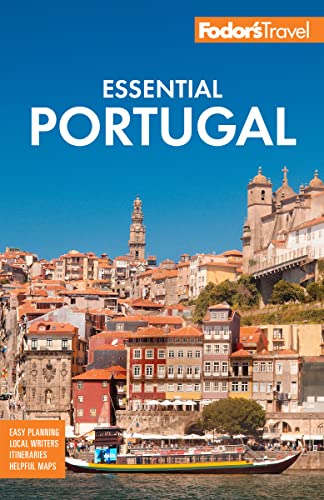Midway between Spain and the sea is Beja, Baixo Alentejo's principal agricultural center that spreads itself across a small knoll. Much of the oldest part of town retains a significantly Arabic flavor—students of Portuguese even claim that the local dialect has Arabic characteristics—the legacy of more than 400 years of Moorish occupation. Don't miss the stately square called the Praça da República, anchored at one end by the 16th-century Igreja de Misericórdia, whose sprawling stone veranda used to be an open-air market. At one end is an ornate royal pillory from the 16th-century reign of Dom Manuel, restored in the 20th century.
Founded by Julius Caesar and known as Pax Julia, Beja is often overlooked in favor of its more popular and beautiful sister city, Évora, but that just means you’ll have the town all to yourself to explore. It’s also a classic example of an Alentejo town center that’s been emptied of its residents, some of whom have moved to modern apartment complexes on the city’s outskirts, and many others who’ve left altogether, seeking employment in Lisbon or Porto. Walking Beja’s streets, it seems like the majority of the population is over 65—a sobering idea when it comes to the future here.
Many of the town's most interesting monuments were destroyed in the 19th century during the population's fury against the church's domination. In spite of that, Beja has an important, valuable heritage, and it can all be explored on foot.




